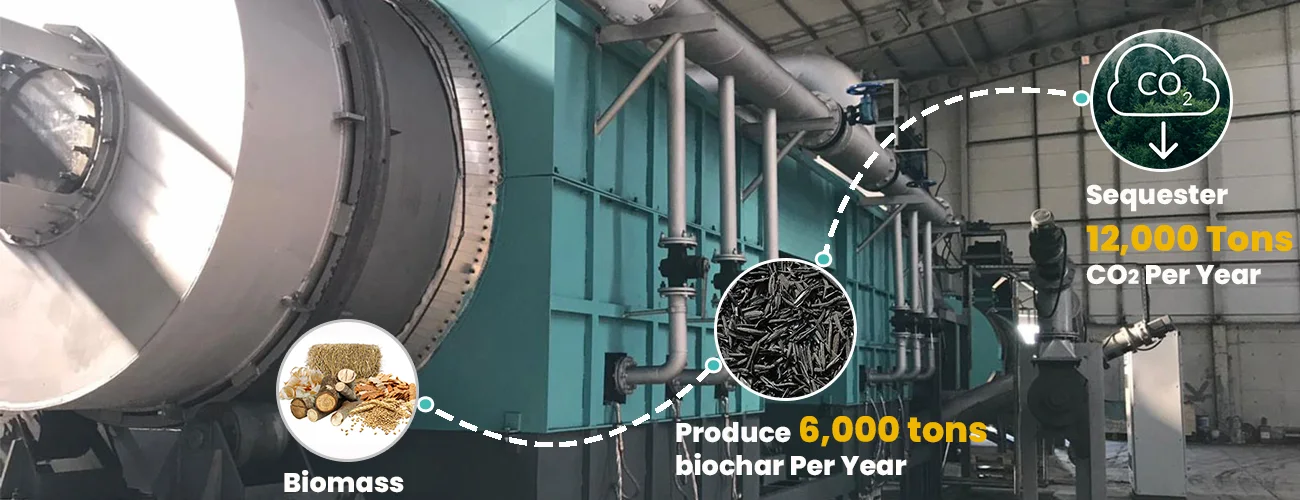Plastic has revolutionized modern life — lightweight, versatile, and inexpensive. Yet, it has also created one of the most pressing environmental challenges of our time: the global plastic waste crisis. Mountains of plastic are piling up in landfills and oceans, while recycling systems struggle to keep up.
But a powerful technology is emerging that could turn this problem into opportunity — waste plastic pyrolysis oil technology. Could it be the true “end of the plastic crisis”?
1. The Plastic Waste Dilemma
Every year, more than 400 million tons of plastic waste are generated worldwide. Only around 9% is recycled, while the rest is landfilled, incinerated, or leaked into the environment.
The main reasons for low recycling rates are:
-
Complexity of plastic types — mixed and contaminated plastics are hard to separate.
-
Degradation of quality — mechanical recycling reduces plastic performance.
-
Economic limitations — collection and sorting are costly.
In short, traditional recycling can’t handle the scale and diversity of global plastic waste. That’s where pyrolysis comes in.
2. What Is Pyrolysis Oil Technology?
Pyrolysis is a thermal decomposition process carried out in the absence of oxygen. Instead of burning the plastics, the process breaks long polymer chains into smaller hydrocarbon molecules — producing liquid oil, gas, and solid carbon (char).
Typical process parameters:
-
Temperature: 400–600 °C
-
Atmosphere: Completely oxygen-free
-
Products: Pyrolysis oil (~70%), syngas (~20%), and char (~10%)
The pyrolysis oil can then be refined into diesel, naphtha, or other petrochemical feedstocks, closing the loop between waste and fuel.

3. From Waste to Worth
Waste plastic pyrolysis oil technology represents a paradigm shift — from “dispose and forget” to recover and reuse. Explore more in https://www.bestongroup.com/plastic-pyrolysis-plant/plastic-to-oil/
Instead of being an environmental burden, plastic waste becomes a valuable energy and material resource.
In the fight against the global plastic crisis, pyrolysis may well be the breakthrough technology that closes the loop — making a circular, low-carbon future possible.
Conclusion
The world doesn’t lack plastics — it lacks the right way to manage them.
By converting waste plastics into clean, reusable oil, pyrolysis technology offers a second life for what was once seen as worthless.
It’s not just about destroying waste — it’s about redefining plastic’s role in a sustainable world.
The end of the plastic crisis may begin in the pyrolysis reactor.


No comments:
Post a Comment